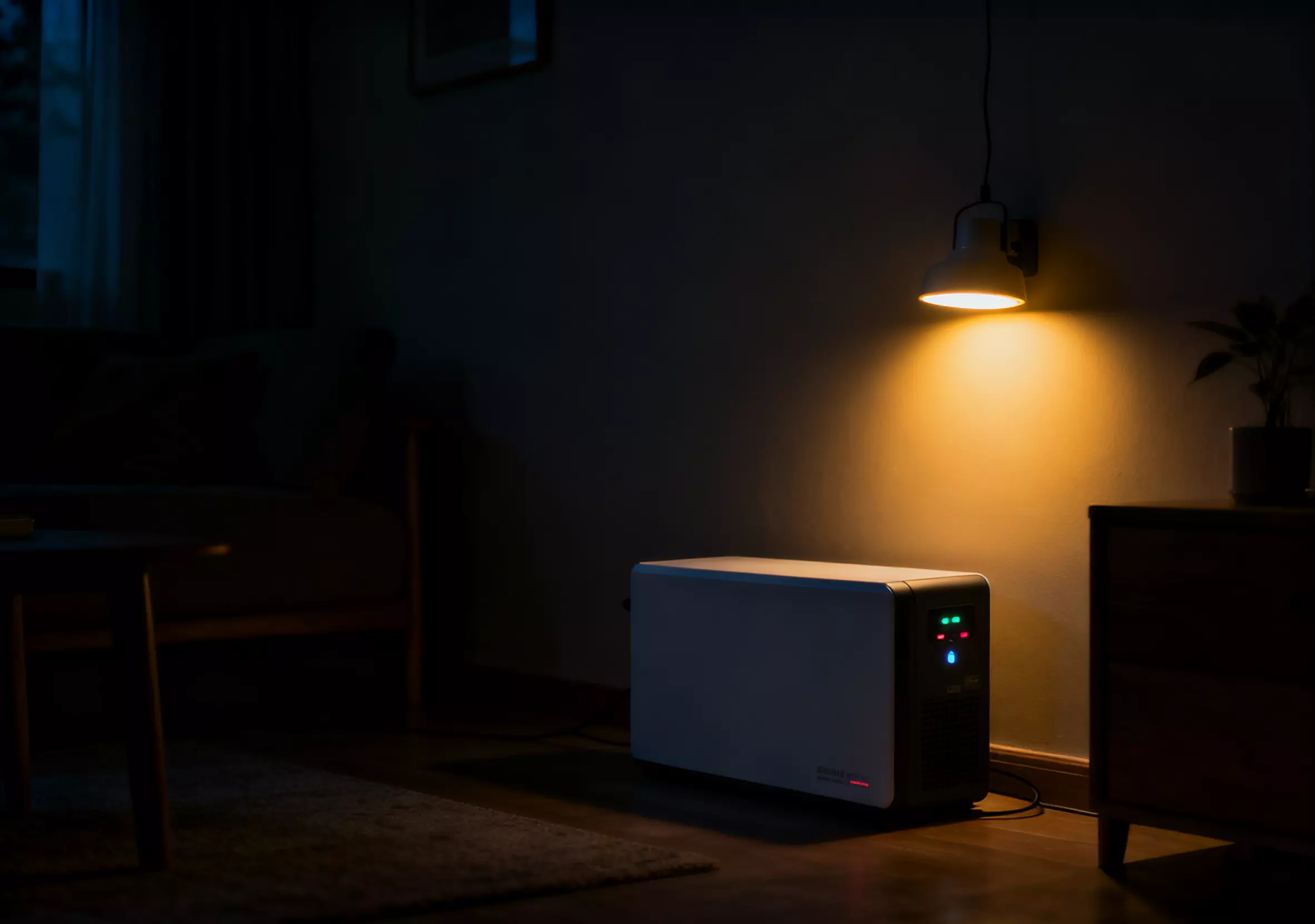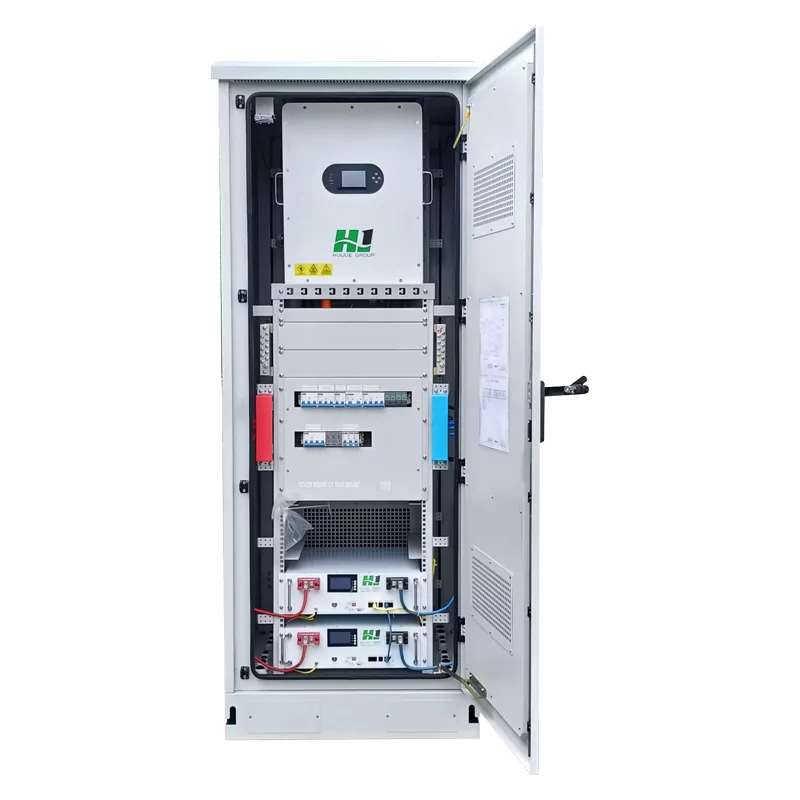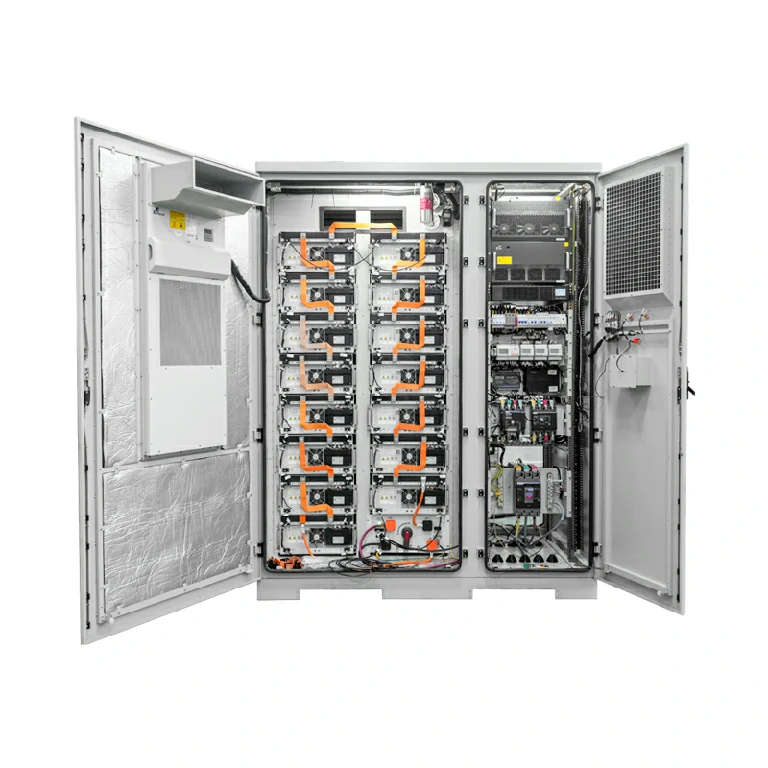Battery ability no longer solely determines how lots electrical electricity a device can store, however additionally immediately influences its working effectivity and return on investment. So, how can you scientifically decide the proper battery ability for your needs? This article will supply specific solutions from 5 aspects: electrical energy demand, electricity storage goals, battery type, calculation methods, and future expansion.
I. Starting with Understanding Electricity Demand
The first step in identifying battery ability is to determine out your day by day electrical energy consumption (in kWh).
You can take a look at your month-to-month common electrical energy consumption on your electrical energy invoice and divide it by way of the quantity of days to get your every day consumption. For example, the common American family makes use of about 28–30 kWh per day, whilst the common Chinese household makes use of round 10–20 kWh, and business and industrial organizations can also exceed one hundred kWh.
You can additionally estimate it your self the usage of the following steps:
List your fundamental home equipment (such as refrigerators, air conditioners, washing machines, computers, etc.);
Check their rated strength (W) and each day utilization time (h);
Calculate each day strength consumption = strength × time;
Add up the electrical energy consumption of all home equipment to get the whole kWh.
Understanding your every day electrical energy demand is the basis for designing an electricity storage system.
II. Define Your Energy Storage Goals: Saving on Electricity Bills or Backup Power?
Different power storage desires require distinctive battery capacity.
1. Backup Power
If you favor to preserve quintessential domestic home equipment (such as refrigerators, lighting, water pumps, clinical equipment, etc.) strolling in the course of strength outages, it is advocated that your strength storage machine aid 2–3 days of electrical energy usage.
For example: If you use 25 kWh of electrical energy per day and want backup strength for two days, your complete strength storage requirement is 50 kWh; Considering a battery depth of discharge (DoD) of 80%, the genuine battery potential have to be 50 ÷ 0.8 = 62.5 kWh.
2. Saving on Electricity Bills
If your purpose is top shaving and valley filling—that is, storing photo voltaic power at some point of the day and the usage of electrical energy at night time or at some stage in top electrical energy charge periods—then the capability can be barely smaller. It is normally endorsed that the strength storage capability be 30%–50% of your every day electrical energy consumption to correctly decrease electrical energy bills.
3. Off-Grid Independent Power
For customers deciding on “off-grid living,” the power storage device wishes to cowl 2–5 days of backup energy. For example, if every day electrical energy consumption is thirteen kWh, then a usable battery capability of 26–65 kWh is required.

III. Choosing the Appropriate Battery Type
Currently, the mainstream solar energy storage batteries mainly include the following types:
| Battery Type | Characteristics | Application Scenarios |
| Lithium-ion (Li-ion) | High energy density, low maintenance, long lifespan | Mainstream choice for home and commercial energy storage |
| Lithium Iron Phosphate (LFP) | Lower cost, high safety, long cycle life | Recommended for residential and industrial energy storage |
| Lead-acid | Low cost, but requires regular maintenance and has low usable energy capacity | Small backup systems |
| Flow battery | Suitable for large-capacity, long-term energy storage; long lifespan | Industrial and large-scale energy storage projects |
Among them, lithium iron phosphate batteries have become the mainstream solution for residential and commercial energy storage due to their stability, safety, and high cost-effectiveness.
IV. Scientifically Calculating Battery Capacity
One method that works well in determining the capacity of energy storage systems is the following: Battery Capacity Needed (kWh) = Daily Electricity Consumption × Backup Days ÷ Depth of Discharge (DoD)
As an example: 25 kWh per day, 2 days of usage, 80% DoD and the following calculation
→ 25 × 2 ÷ 0.8 = 62.5 kWh
Moreover, the following considerations must be taken into account: Efficiency of the system (usually 90%–95%);
Power demand increase in future (electric vehicles, new appliances, etc.);
Seasonal differences (shorter winter daylight hours, reduced power generation, and therefore higher storage capacity needed).
V. Doing It the Right Way
A large number of users make common mistakes in the selection of batteries for energy storage: Only average electricity consumption is taken into account, while peak hour consumption is ignored;
System losses and depth of discharge are not considered;
Batteries with very large or small capacities are selected;
No space is reserved for the future expansion.
In real life, a capacity of 8 to 15 kWh usually suffices to cover most households’ daily electricity needs or short-term outages, while industrial and commercial users need systems of at least 50 kWh.
VI. Tips for Improving Energy Efficiency
Employ an intelligent energy management system (EMS) capable of automatically diverting the power supply between the energy storage and the grid;
Plan the running of power-hungry appliances such as washing machines, water heaters, etc., during the hours of maximum solar radiation;
The production of solar panels is not just instantly utilized but can be kept for later use at night or when tariffs are high;
Choose energy-efficient inverters and systems with minimal power consumption during standby; The energy-efficient appliances contribute mostly to the total energy consumption reduction.
A good energy storage system not only cuts down your electricity bills but also gives you more control over your electricity use, which is a mile stone to a green lifestyle.
VII. Planning for Future Energy Storage Expansion
The demand for electricity will certainly increase as people start using more electric vehicles, heat pumps, energy-storage air conditioners, etc. Hence, investing in a battery storage system that can be expanded modularly will greatly increase the investment’s long-term value.
While planning, think of the following:
Current and future energy needs;
The compatibility of the system and inverter;
Conditions for space and installation;
Whether it future-proofs intelligent management and expansion support.
Make Solar Energy Storage Your Long-Term Energy Partner
Determining the appropriate battery capacity is not only a technical issue, but also an investment in your future energy life. A scientifically configured solar power system can help you:
Reduce electricity costs;
Improve energy security for your home or business;
Enhance asset value;
Achieve true clean energy self-sufficiency.
Huijue Group has long been deeply involved in the photovoltaic and energy storage fields, possessing highly safe and long-cycle-life residential and commercial energy storage products. We can provide customized system designs and intelligent energy management solutions for different scenarios. If you are looking for a suitable solar energy storage system, please contact us and let intelligent energy storage inject sustainable green power into your future life.







